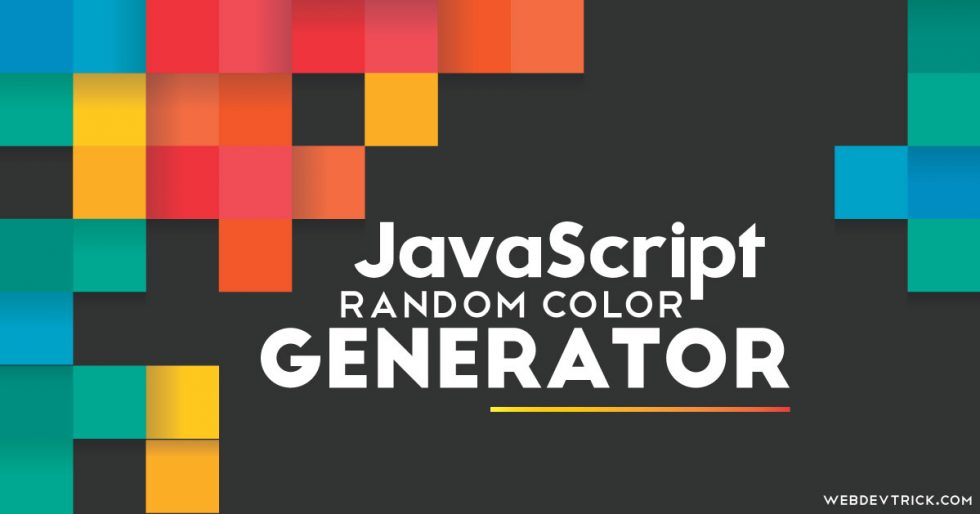

To add a grass mesh, select Add Detail Mesh and set the Render Mode to Grass. Works similar to the vertex list mesh, but Unity treats these meshes as grass so they always have up-facing normals and move in the wind. To add a Vertex Lit mesh, select Add Detail Mesh and set the Render Mode to Vertex Lit.

Instead, it combines all detail instances into one mesh, which results in simple shading and limitations to the number of instances you can achieve. To add an instanced mesh, select Add Detail Mesh and enable the Use GPU Instancing option.ĭoesn’t use GPU instancing for rendering. Unity recommends you use this mode because it’s best suited for most scenarios that require the placement of any number of arbitrary meshes on Terrain. Terrain details are available in several modes, where each mode has a different use during game development. More info See in Glossary, including the High Definition Render Pipeline (HDRP). Unity lets you choose from pre-built render pipelines, or write your own.
#Unity 3d random color generator series#
In 2021.2, Unity introduced instancing details that work with all render pipelines A series of operations that take the contents of a Scene, and displays them on a screen. Prior to 2021.2, grass and other details only worked in the built-in render pipeline and Universal Render Pipeline (URP). More info See in Glossary and performance you require.
#Unity 3d random color generator full#
More info See in Glossary or full meshes, depending on the level of detail The Level Of Detail (LOD) technique is an optimization that reduces the number of triangles that Unity has to render for a GameObject when its distance from the Camera increases. Unity renders these objects using textured quads A primitive object that resembles a plane but its edges are only one unit long, it uses only 4 vertices, and the surface is oriented in the XY plane of the local coordinate space. More info See in Glossary might have grass clumps and other small objects (such as rocks) covering its surface. A Terrain GameObject adds a large flat plane to your scene and you can use the Terrain’s Inspector window to create a detailed landscape. Magic, a fourth and final increment of 63.75f.A Terrain The landscape in your scene. timeLeft is now equal to 0.25f, same as deltaTime. Since we again subtracted ltaTime to timeLeft. Now, for the final iteration, the above poster has a condition that states that if timeLeft = ltaTime or less, then you just assign the final value. On the third iteration, we raised by 63.75f. On the second iteration, we raised by 63.75f

On the first iteration, we raised by 63.75f. Since t equals 0.5f on this iteration, it means we want the value halfway between 127.5f and 255f. Remember, we are interpolating from our actual color, which is currently 127.5f. This time, we are interpolating over 127.5f (255f - 127.5f). ltaTime, as usual, is equal to 0.25f since we said we had 4 FPS. We have subtracted another 0.25f to timeLeft. This is a medium gray and also, coincidently (or not so much), half of 255f. We are now at 127.5f (63.75f from the first iteration and 63.75f from the second iteration) out of the total 255f. On the first iteration, we moved 63.75f forward. This means we are interpolating over 191.25f.Ī third of 191.25f is 63.75f. We said we are at 63.75f and we want to reach 255f. Let's see how much we're interpolating over. Since we aren't interpolating over 255 anymore. It is a third of the way from 63.75f and 255f. But since we are interpolating from the current color, rather than the initial, this isn't a third of the way from 0f to 255f.

Notice that 63.75 is also, coincidently (or not so much), a fourth of 255f. We have interpolated a fourth of the way from 0f to 255f. Since we haven't subtracted to timeLeft yet, timeLeft is still equal to 1f. ltaTime is equal to 0.25f, because remember, we only have 4 FPS. Now let's say our dinosaur hardware dates from 1990 and we only get 4 frames per second. Let's say we want to LERP from black to white (from 0 to 255 for all 3 color sliders) and we want to do so over 1 second. Above is a linear model, as in a model that contains no easing.


 0 kommentar(er)
0 kommentar(er)
